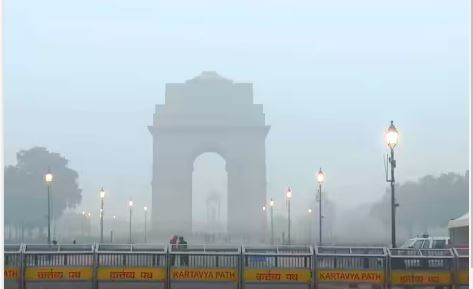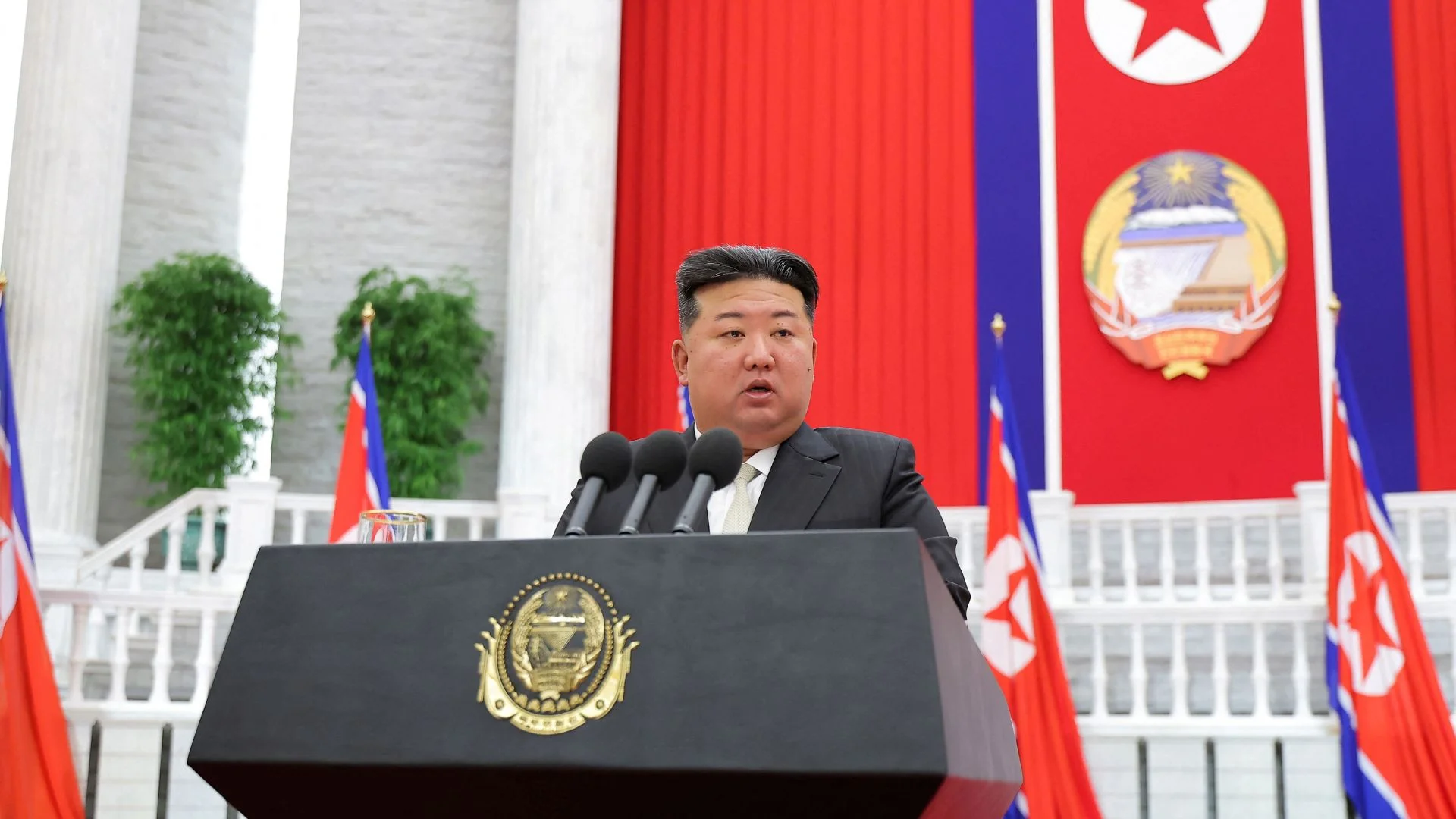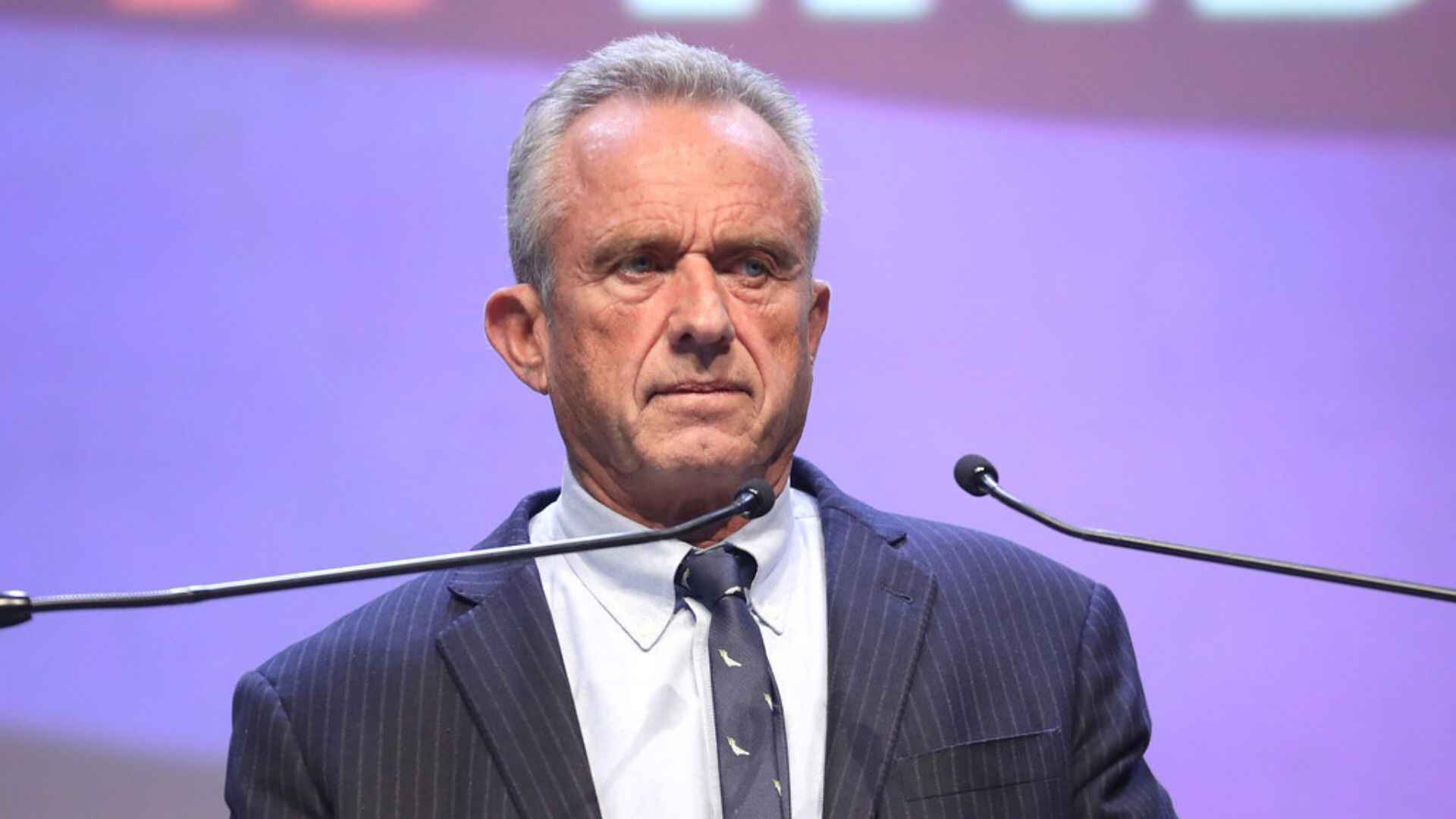
The Society of Indian Automobile Manufacturers (SIAM) organised its 60th Annual Convention and looking at the difficult times the automobile industry is going through, it was aptly titled “Re-Building the Nation, Responsibly”. The annual convention, held online this year, brings together the industry and the government on the same platform. The auto sector has had a long list of demands from the government and the Union ministers in attendance did have some words of confidence for the beleaguered sector. It, however, remains to be seen how the words get translated into actions in the months to come.
Apart from the auto industry stalwarts the convention was attended by Environment & Heavy Industries Minister Prakash Javadekar, Road, Transport and Highways Minister Nitin Gadkari, and Commerce Minister Piyush Goyal. The government assured the automobile industry of support from the government in reviving demand, which has taken a dire hit owing to the Covid-19 pandemic. Putting across recommendations to the government towards boosting demand in the automobile sector, outgoing President of SIAM Rajan Wadhera said, “We need specific steps to boost demand in the sector, as the festive season is fast approaching. Some of the key asks included lowering of GST rates from 28 to 18% across all vehicle categories and automotive components, an incentive based vehicle scrappage policy and taking concrete steps towards realising the vision of the Automotive Mission Plan.”


While acknowledging the auto industry’s recommendation for reduction in GST rates, Javadekar said, “GST reduction will ultimately benefit the government and I will be taking it up with the Finance Minister and Prime Minister’s Office. He also assured that a well-entrenched vehicle scrappage policy will come soon that will bode well for the automobile industry.” The minister also added that infrastructure is the only answer to the growth story of India and the government is looking at investing Rs 100 lakh crore towards infrastructure projects over the coming times. This, according to him will also hugely benefit the automobile industry. He also assured that in future there will be no lockdowns and supply side blockages will ease out.

Promotion of electric vehicles was also discussed at length at the conclave. According to the government, it is focusing on e-mobility by pushing for creating better infrastructure and providing incentive to electric vehicle manufacturers. It hopes once cost of electrified vehicles goes down, demand will increase and this segment will be highly profitable. Talking about the alternate fuels, Road Transport & Highways Minister Nitin Gadkari said, “It is time the country also focuses on alternative biofuel technologies such as that of ethanol, methanol, LNG, and so on.”
During the convention, the panelists also spoke about possible ways that can help in fostering increased localisation in the Indian automobile sector, improve ease-of-doing business scenario in the country and the steps that are to be undertaken to create ‘Brand India’, so as to harness the country’s export potential. They deliberated on viable pathways which will lay the ground work for a truly Aatmanirbhar automotive sector. Pawan Goenka, past president, SIAM and Managing Director, Mahindra & Mahindra, commented, “India is currently the largest exporter to Central and South America. 40% of our export volume currently goes to these markets, followed by central and East Africa. However, it is important to note that, exports now accounts for 16% of our total output, which indicates a lot of room for expansion.”
On increased localisation in the automotive segment, Commerce Minister Piyush Goyal opined, “Best-inclass make and design, use of innovative technologies, smart packaging and intelligent product pricing can go a long way in fetching desired results. Skilling is another aspect that needs to be looked into, if we are to ace in domestic manufacturing. Upskilling and reskilling should be treated as a priority and an industryacademia partnership is one of the best available models to achieve this goal.” The minister also added in the Covid-19 era, the demand for shared mobility fizzing away, which was once the talk of the town. Current trends indicate that people will continue to buy cars, try out self-drive, autonomous and EVs, and therefore, as a corollary, the automobile sector’s health would eventually improve.
The conclave ended on a positive note with the ministers stating that the government will continue to do all that it can to help the autoindustry. It also promised to look at devising innovative models to boost exports. Some of these that are currently prevalent include, the credit guarantee model, creating automotive hubs and clusters, partnering with states to make land availability easier, and adopt a more competitive approach to domestic manufacturing. The industry achieved the landmark feat of transitioning to the BSVI emission norms from 1 April 2020, across all vehicle segments, bringing India at par with rest of the world, while meeting one of the most stringent environmental regulations for vehicles.
Shams Naqvi is Senior Editor at carandbike.com.














